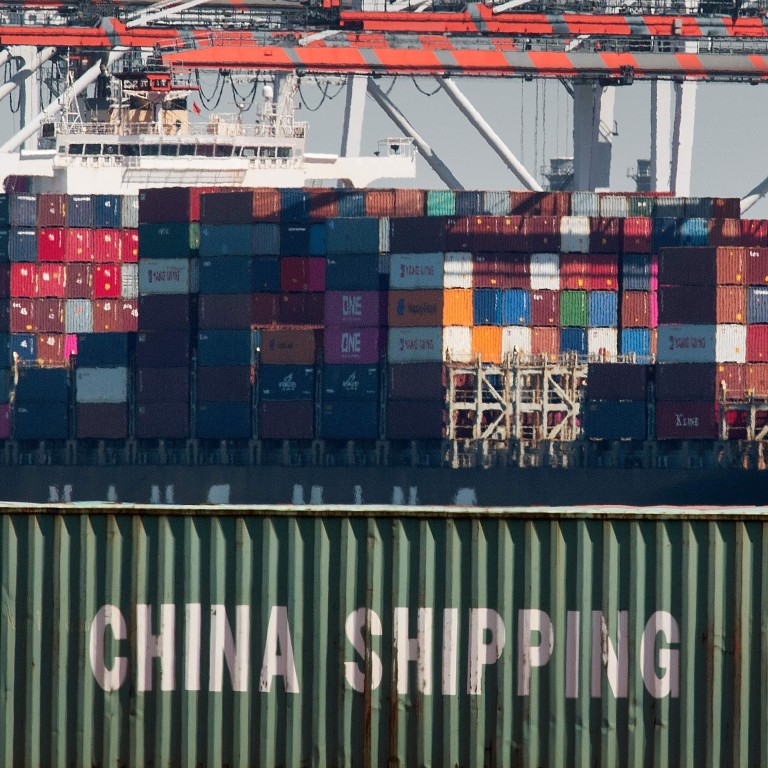
Explainer | China trade: everything you need to know
- China’s export-driven economy was the workshop of the world for decades, accounting for 13 per cent of the world’s exports in 2017
- After a bruising few years for China’s trade economy, exports have come roaring back in recent months, even as imports lag
China’s export-driven economy was the workshop of the world for decades. In 2001, when China joined the World Trade Organization (WTO), the country accounted for 4 per cent of the world’s exports, and by 2017, that had risen to 13 per cent.
Imports also skyrocketed as consumption grew in China.
The trade war with the United States damaged China’s exports, as tariffs made its goods more expensive for American customers.
The coronavirus also had a mixed impact on China’s trade. An early lockdown met exports suffered, while an economic shock domestically has dampened long-term demand for imports. But with much of the rest of the world in need of the sorts of lockdown goods China makes, its exports have been booming for the past six months.
What is the state of China’s exports?
This was the 11th consecutive period of export growth, but the export drop of 3.3 per cent in May 2020 means the latest figures also started from a low base.
What is the state of China’s imports?
This was the eighth consecutive period of import growth and the fastest import growth since January 2011, although the fact that imports fell by 16.7 per cent in May 2020 due to the impact of the coronavirus is a factor in the size of the increase this year.
What is China’s trade balance?
What is China’s trade balance with the United States?
China's imports from the United States rose by 69.2 per cent in the first quarter to US$46.545 billion, while China’s exports to the US rose by 74.7 per cent to US$119.183 billion.
How did the trade war impact China’s trade?
The US and China are the two largest economies in the world, and bilateral trade between the US and China totalled around US$586 billion in 2020.
The US and China imposed tit-for-tat tariffs on each other’s goods, meaning buyers in the opposing country needed to pay more to import them.
At its peak at the end of 2019, the US had imposed tariffs on more than US$360 billion worth of Chinese goods, while China had retaliated with import duties of their own – worth about US$110 billion – on US products.
How did the coronavirus impact China’s trade?
In May 2020, exports of medical equipment and instruments rose 89 per cent from a year earlier; shipments of textiles, yarns and fabrics (including masks) rose 77 per cent; and exports of plastics (including medical protection equipment) increased 54 per cent, noted Shen Jianguang, chief economist at JD Digits, the fintech arm of e-commerce firm JD.com.
Now, exports are booming, with China capitalising from lockdowns around the world to take market share from other exporting nations.
What impact will the dual circulation strategy have on China’s trade?
What is the outlook for China’s trade?
Want to know more?

.JPG?itok=J8tgfPmW&v=1659948715)